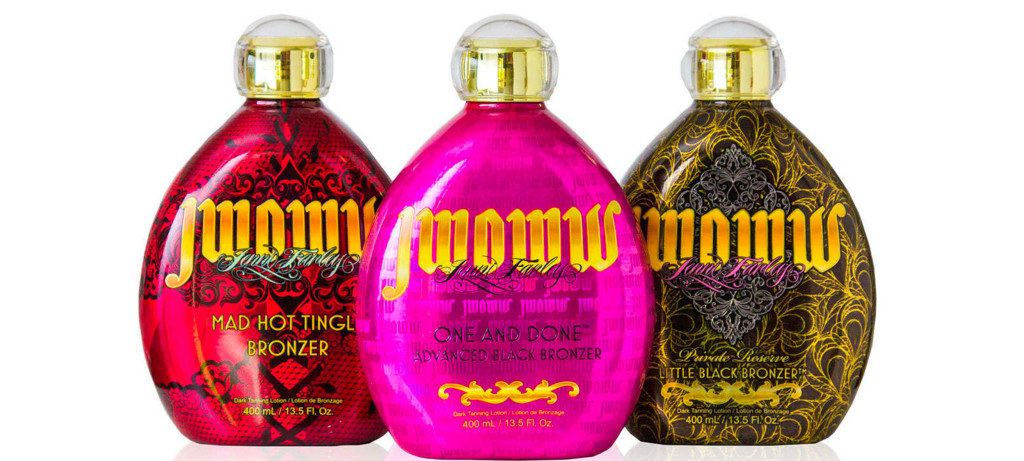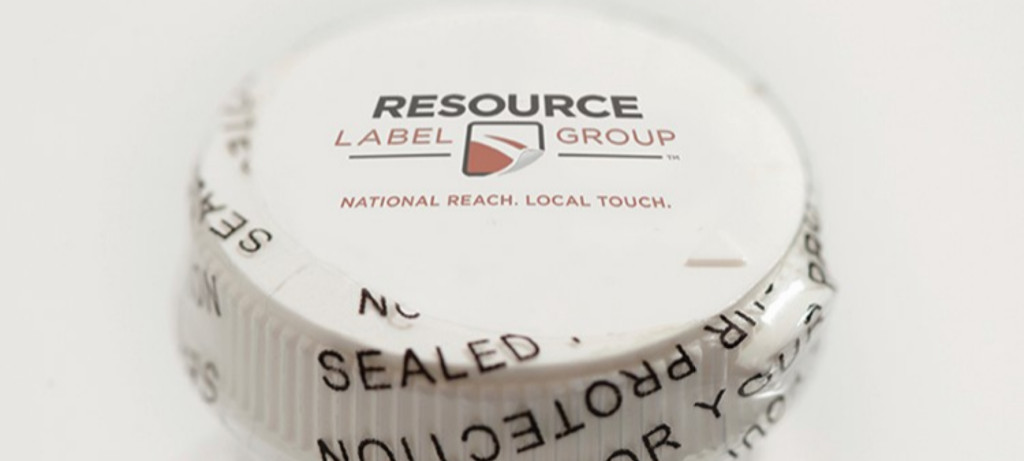Labels and rolls 101
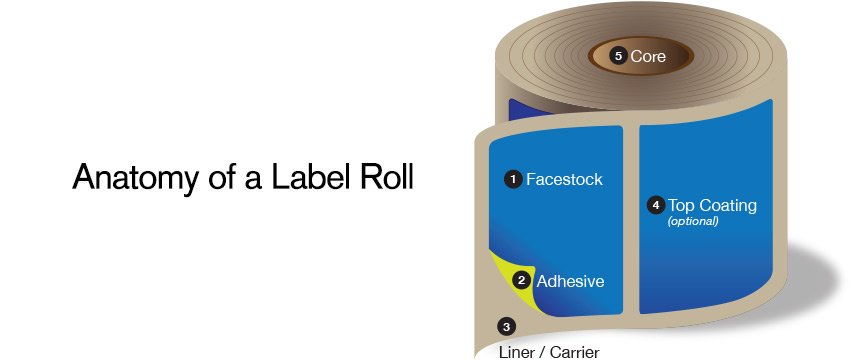
This page is dedicated to label basics, common label terms (many more are defined in our Glossary), and what to know when ordering pressure sensitive labels. A pressure sensitive or self-adhesive label is made up of a few basic parts: a facestock and an adhesive on a liner, produced on a roll.
The simplified reference or “Quick Guide” we are providing here is intended to serve as a primer for the high-level requirements for most food, however you will need to read and follow the specific FDA guidelines for your individual products.
Note: Foods that do not require nutrition labeling are: whole or ground coffee beans, tea leaves, plain instant unsweetened instant coffee and tea, condiment-type dehydrated vegetables (e.g., dried garlic), flavor extracts and food colorings.
1. Facestock
The part of the label we print on, also the part of the label your customers will see. The most common materials used as a facestock for pressure sensitive labels are paper, film, and foil.
2. Adhesive
This is of course the sticky part of a pressure sensitive label. The adhesive will remove easily from the liner for easy application to your product or container. There are a few types of adhesives: all temperature, cold temperature, permanent, and removable. These types of labels are called self adhesive or pressure sentive because the adhesive is a part of the label– they do require the addition of glue for application to your container, just like a sticker.
3. Liner / carrier
Also called the carrier or backing, for pressure sensitive labels it is most commonly a brown kraft color paper, and it has a special coating that allows your labels to be easily removed. Another liner option is polyethylene terephthalate (PET), especially amid global supply chain disruptions in the wake of 2020.
4. Top coating
The top coating is the final protective layer applied to your labels, if desired. Some top coatings are visible, like glossy or matte coatings, and can be used as another element of your label design. Others are not visible and are purely functional, protecting the facestock from damage.
5. Core
The core is the sturdy cardboard center of a label roll. Just like a roll of paper towels, when you reach the end of your label liner only the core will remain. Depending on the label application equipment you use, the core will be either 1-inch or 3-inches in diameter. Unless you are hand applying your labels with no machine assistance of any kind, we will need to know which core size to use. Different label machines have varying requirements for core size.
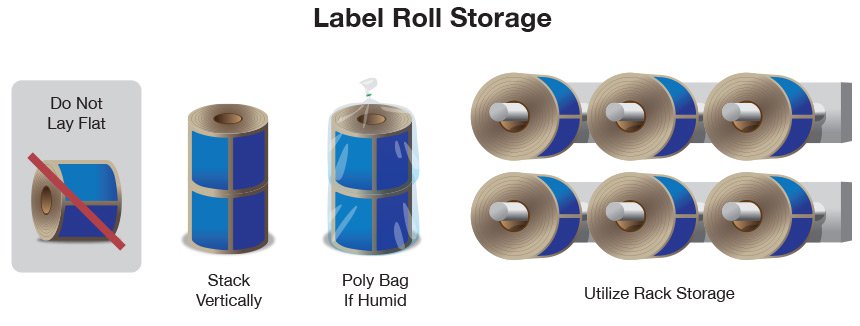
Understanding “rewind”
When your labels are printed they go on a roll. There are eight possible orientations for the labels related to how they go onto the final roll.
The “Rewind Direction” refers to which way the label printing is “right side up” as you unroll your labels to apply them to your products.
If you are hand applying your labels, rewind #2 or #3 is most common for right handers, and rewind #4 is the favorite for south paws.
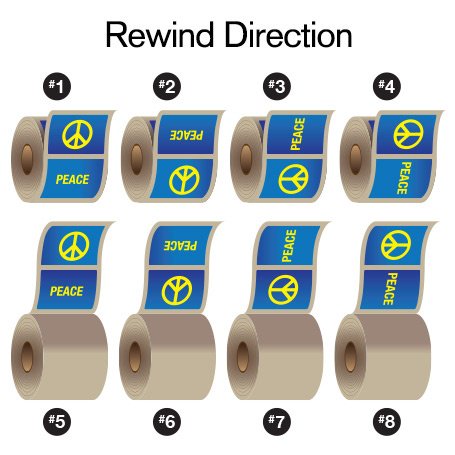
Why is this important? Rewind direction is critical for semi-automatic and machine applied labels. The equipment you use will specifiy a rewind direction between 1 and 8, and that’s the number your rolls must be produced with to be compatible with your label applicator.
Just like the core size of 1-inch or 3-inches, your equipment will be set up to handle a specific rewind direction.
It is important to note that rewind direction may also your pricing. If you are hand applying your labels we will automatically select the most cost effective rewind direction. However, if you know you will be machine applying your labels in the future, let us know so we can quote your labels with the appropriate machine application rewind requirement. This will allow you to use existing labels on your new equipment as well as provide you with consistent pricing.
Please continue to read about roll size, as this is relevant to machine application as well.
Efficient roll sizing
The size of each label roll is known as the Outside Diameter, or “O.D.”. This can be crucial information for both hand application and machine application.
For hand application, there are two primary considerations. First, will you physically be able to move the roll around? While it’s true you can save a little on your order by buying a single roll, make sure it’s something you will be able lift, move, and work with.
Second, will you have more than one person applying the labels? Sharing a single roll during hand application will slow you down. Consider breaking your order up across a few smaller rolls or even ordering one for each person applying labels.
For machine application, the O.D. is important because each machine is different and will have a different maximum O.D., as well as core size and necessary rewind direction. Check with your equipment manufacturer for exact specifications.
Find the best solution that makes the most sense for your brand.
Tags:

